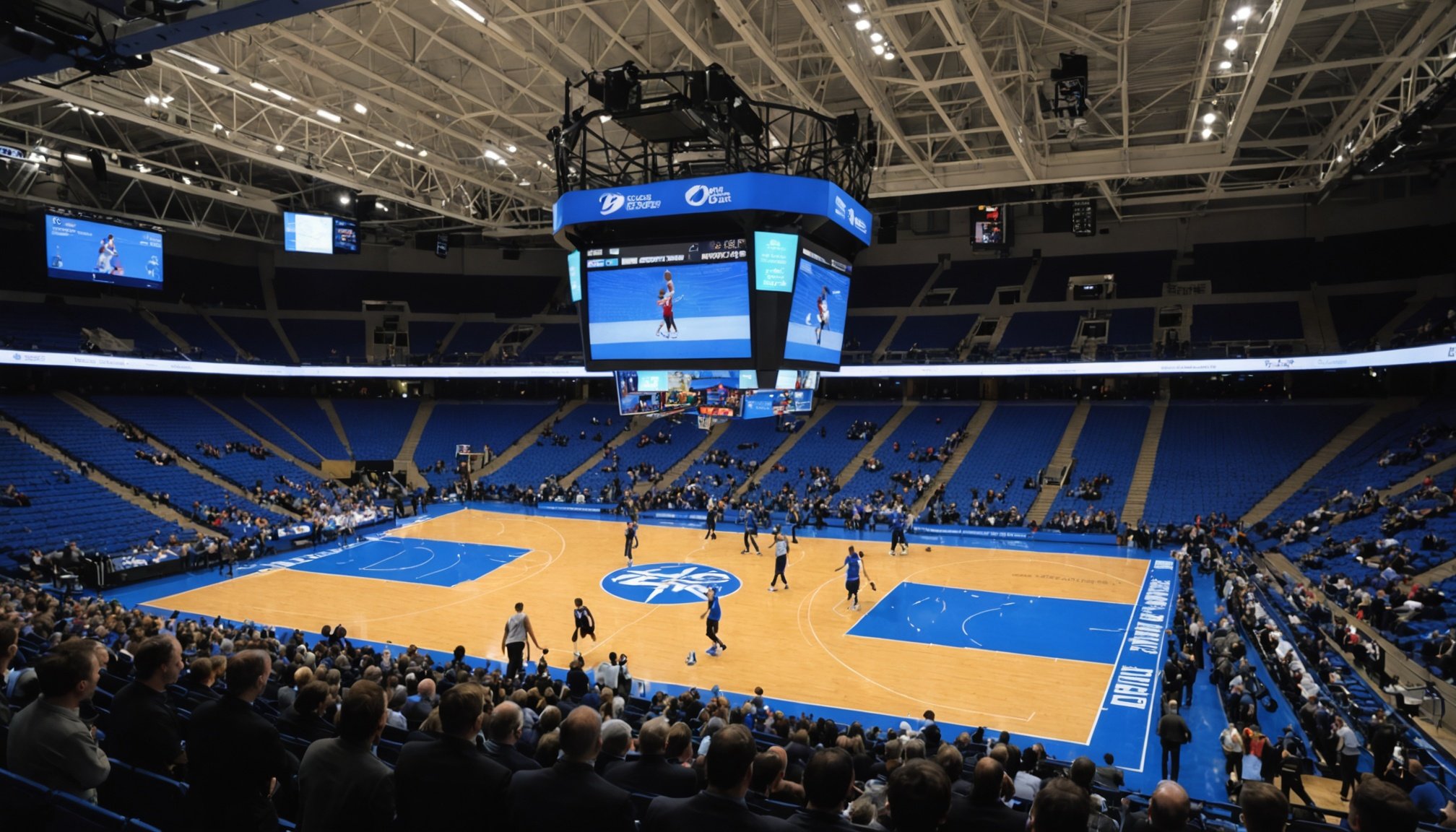Historical progression of UK basketball infrastructure
Understanding the history of UK basketball infrastructure reveals a journey from modest beginnings to a more structured sporting environment. Initially, basketball in the UK depended heavily on multi-use halls and local community centres, which served as the primary venues for grassroots development. These early facilities were often adapted rather than purpose-built, limiting their ability to support the sport’s growth.
The timeline of UK sports facilities shows clear phases of expansion. The 1980s and 1990s marked a turning point with increased investment, driven by rising popularity and national interest. The development of dedicated basketball arenas began, providing more consistent training and competition environments. This infrastructural improvement directly influenced the development of basketball in the UK by enhancing player experience and audience engagement.
Additional reading : Unveiling the secret playbook: how uk basketball can achieve international glory
Significant milestones include the establishment of purpose-built venues aligned with national league growth, which spurred higher-level competition and professionalisation. By understanding these stages—early grassroots spaces, followed by targeted facility development—one appreciates the evolving relationship between infrastructure and basketball’s progress in the UK. This progress continues as modern sports centres integrate advanced technology and better accessibility, supporting the sport at all levels.
Major investments and facility advancements
Recent investments in UK basketball have substantially boosted the quality and accessibility of training centres across the country. Both public and private funding initiatives have played pivotal roles in transforming existing sports infrastructure. These investments have focused not only on expanding capacity but also on modernising equipment and improving athlete support facilities.
Topic to read : Exploring the rising popularity of basketball in the uk: what draws the crowd?
Significant progress can be seen in the development of sports facility improvements in the UK, including upgrades to arenas that host key basketball events. Enhanced amenities such as state-of-the-art courts, improved seating, and better lighting have elevated the spectator experience. Moreover, the integration of advanced technologies—like real-time performance tracking systems and video analysis tools—has empowered coaches and players to refine their training methodologies.
Noteworthy are the collaborations between local councils and private sponsors that have enabled the creation of dedicated basketball training centres. These centres are designed to nurture talent from grassroots levels up to elite performance, ensuring athletes have access to world-class environments. As investments in UK basketball continue to expand, these facility advancements position the sport for sustained growth and increased competitive success.
Changes in governance and grassroots initiatives
The UK basketball governance landscape has undergone notable reforms to enhance the sport’s structure and outreach. Recent leadership changes within basketball authorities aim to streamline decision-making and promote sustainable growth. These reforms focus on increasing transparency and fostering collaboration across different levels of the sport.
At the grassroots level, various grassroots basketball programs UK are actively engaging young players. Initiatives such as local leagues and youth camps have been designed to boost participation, particularly in underrepresented regions. These programs emphasize skill development and inclusivity, helping to build a diverse basketball community.
Crucial to this progress are partnerships linking clubs, schools, and local authorities. Joint efforts facilitate access to resources and venues, ensuring consistent opportunities for young enthusiasts to train and compete. Such collaborations are central to the ongoing basketball community development strategy, which aims to nurture talent and encourage lifelong involvement in basketball.
By aligning governance reforms with grassroots initiatives, the UK is laying a strong foundation for basketball’s expanded reach and improved standards nationwide.
Persistent challenges in infrastructure evolution
The growth of UK basketball continues to face significant challenges rooted primarily in infrastructure. One of the most pressing issues is the funding limitations that hamper the development and maintenance of quality basketball facilities. Unlike more established sports in the UK, basketball often struggles to secure adequate funding, creating obstacles in expanding access and improving current venues. This scarcity of resources leads to increased competition not only for financial support but also for physical space within multipurpose sports centers.
Regional disparities further complicate facility access issues in the UK. While metropolitan areas may host state-of-the-art courts, many regions lack sufficient or well-maintained basketball facilities, hindering player development and community engagement. The uneven distribution reflects broader sports funding obstacles across the country, where resources are concentrated in traditional sports or high-profile arenas.
Accessibility and inclusivity present another layer of challenges. From transport difficulties to the design of venues that do not accommodate all abilities, many prospective players find it hard to engage consistently. Overcoming these barriers is vital to broaden basketball’s reach and foster a more diverse participant base across the UK. Addressing these intertwined challenges remains central to the sport’s sustainable infrastructure evolution.
Recent improvements and their measurable impact
Recent UK basketball upgrades have significantly transformed the sport’s landscape. State-of-the-art facility refurbishments and new builds across the country have enhanced training environments. These improvements directly influence participation rates by providing accessible, high-quality venues that attract players of all ages.
The impact of infrastructure on UK basketball is evident in player development. Modern facilities support advanced coaching techniques and foster better talent pathways, ensuring promising athletes receive tailored training and competitive opportunities. This systematic approach helps bridge the gap between grassroots basketball and elite competition.
Statistics UK basketball growth highlight measurable gains. For example, recent data shows a steady rise in youth enrolment and increased attendance at national championships. Experts agree that upgrading infrastructure has contributed to these trends by creating environments conducive to sustained growth and competitive success.
Ultimately, embracing modern infrastructure has boosted the sport’s visibility and performance levels in the UK. These tangible changes demonstrate that investments in facilities do more than improve courts—they shape the future of basketball, making it more dynamic and accessible nationwide.
Forward-looking perspectives and future strategies
Anticipating the future of UK basketball infrastructure necessitates strategic planning that balances growth with sustainability. Experts emphasize that upcoming facilities will require more than just capacity; they must integrate eco-friendly technologies to reduce environmental impact. This aligns with broader trends toward sustainability in sports facilities, where energy-efficient lighting, renewable energy sources, and sustainable materials are becoming standard.
Strategic planning for Basketball UK involves forecasting participation trends, which currently show increasing community engagement, especially among younger demographics. Such projections inform infrastructure investments designed to accommodate rising demand while promoting inclusivity. Experts also highlight the importance of multi-use venues that serve broader community needs, enhancing both utilization rates and social benefits.
Long-term success hinges on combining high-performance training environments with eco-conscious facility design. By embedding sustainability in sports centers, Basketball UK can align with global environmental goals without sacrificing quality or accessibility. This approach targets improvements in athlete development and community outreach, fostering both elite performance and grassroots participation.
In summary, the integration of sustainable strategies and data-driven planning outlines a path for the UK basketball landscape that is not just bigger, but smarter and greener.



